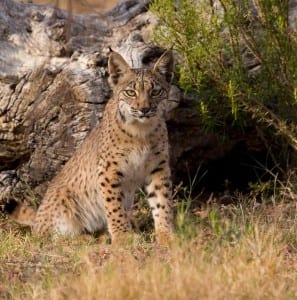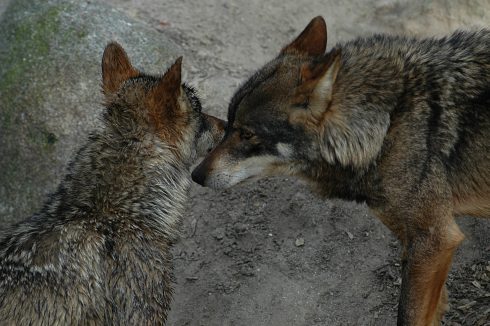SEPRONA are on the hunt for two missing Lynx after their geo tracking collars were discovered in different locations across the Cordoba province.
The Nature Protection Service department of the Guardia Civil have been searching since January after the first of two collars was discovered close to the town of Adamuz.
The tracker was found to be registered to an adult male named Pajaron that was released into the Sierra Morena National Park last year.
The collar was handed to the Life Lince Project, an organisation that works on the reintroduction of the large cat into Spain, and according to a statement, showed signs of being ‘ripped off’.
The second was found earlier this month on the riverbed of the Guadalquivir River by dive team from the Special Group of Underwater Activities (GEAS) of the Guardia Civil.
It was found to belong to a seven year old male that had been released in December from the La Olivilla Breeding Centre into the Cardeña-Montoro Nature Reserve.
The Guardia Civil have now been tasked to try to determine the cause of the disappearance but hopes are low due to the nature of the finds.
“The collars used to track the lynxes are fixed in such a way that they are nearly impossible to be removed or torn naturally.” said the La Olivilla Centre.
“This would suggest that they had been removed intentionally unfortunately but we wait for the results of the investigation before we know more.”
Ecologist groups are fearing for the fate of the lynxes after a spate of encounters between the large feline hunter and Cordoba farm owners.
Breeding centres have been gradually releasing more and more specimens into the wild, however the dramatic reduction of the cats primary food source, rabbits, have led the mammal into urban areas on the hunt for food.
As of 2020, numbers had reached a historic high across Spain, with nearly 900 registered individuals currently in the wild.
This has led lynxes to head to farmsteads on the search for chickens, an easy target for a hungry predator but much to the concern of farm owners.
In 2018, one farmer in the Adamuz region noted that neighbours had lost up to 800 chickens in one year, and that at some points they would see eight to 10 lynx in the fields at one time.
Ecologists are concerned that the animals have been the victim of gun toting farmers protecting their livestock, “these animals are less protected, they are more vulnerable and can generate conflict.”
Click here to read more News from The Olive Press.








